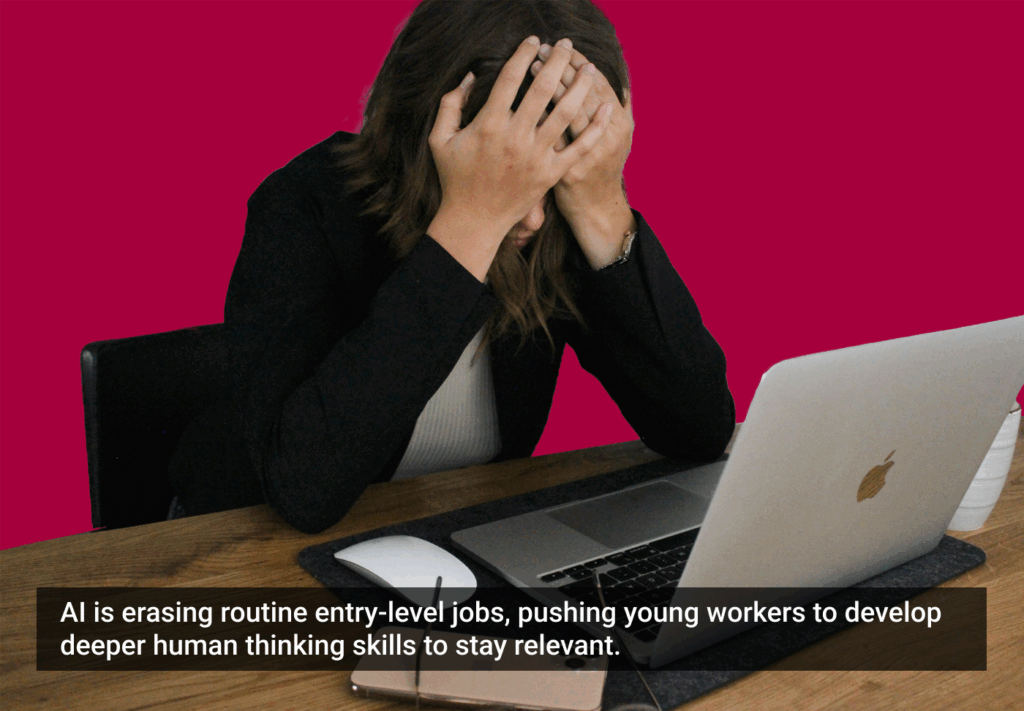- Design Thinking, Focus Groups, Product Design, Usability Testing, User Experience, UX Design, UX Research
Learn when to talk to users, and when to watch them in order to uncover real insights and design experiences that truly work.
- The article distinguishes between usability tests and focus groups, highlighting their different roles in UX research.
- It explains that focus groups gather opinions and attitudes, while usability tests observe real user behavior to find design issues.
- The piece stresses using each method at the right stage to build the right product and ensure a better user experience.
Share this link
- November 20, 2025

- Healthcare, Technology, UX Design
Discover how human-centered UX design is transforming medtech by cutting costs, reducing errors, and driving better outcomes for clinicians, patients, and healthcare providers alike.
- The article explains how strategic UX design in medtech improves cost efficiency by enhancing usability, reducing training time, and minimizing user errors across clinical workflows.
- The piece argues that intuitive, user-centered interfaces boost productivity, adoption rates, and patient outcomes while lowering support costs and extending product lifecycles, making UX a crucial investment for sustainable growth and ROI in healthcare technology.
Share this link
- November 18, 2025

Share this link
- November 17, 2025

- Artificial Intelligence, Design Automation, Design Career, Future of Work
AI didn’t just change work — it removed the starting point. This piece explores what happens when early-career jobs vanish, and why the most “future-proof” skills might be the oldest ones.
- The article illustrates how AI is quickly taking over beginner-level jobs that involve routine work.
- The piece argues that the skills that remain most valuable are human ones, like critical thinking, communication, big-picture understanding, and ethics.
- It suggests that companies must decide whether to replace junior staff with AI or use AI to help train and support them.
Share this link
- November 13, 2025

- AI Automation, AI Ecosystems, AI Infrastructure, Artificial Intelligence, Emerging Technology, LLM
Discover how the future of AI runs on purpose-built infrastructure.
- The article states that AI’s progress depends less on creating larger models and more on developing specialized “lanes” (agent runtimes) where AI can run safely and efficiently.
- It argues that, like China’s EV-only highways, these runtimes are designed for smooth flow, constant energy (through memory and context), and safe, reliable operation, much like EV-only highways in China.
- The piece concludes that building this kind of infrastructure takes effort and oversight, but it enables AI systems to work together, grow, and improve sustainably.
Share this link
- November 12, 2025

- AI in UX, Design Tools and Software, Design Workflow, Product Design, UX Design
AI is changing how designers work — speeding up workflows, sparking creativity, and taking care of the tedious parts. But it’s not here to replace designers — it’s here to amplify their insight, empathy, and impact.
- The article explores how AI transforms UI/UX design by automating repetitive tasks, speeding up workflows, and enhancing creativity across ideation, prototyping, and research.
- It argues that AI empowers rather than replaces designers, freeing them to focus on insight, empathy, and strategy while maintaining ethical and user-centered design.
Share this link
- November 11, 2025


